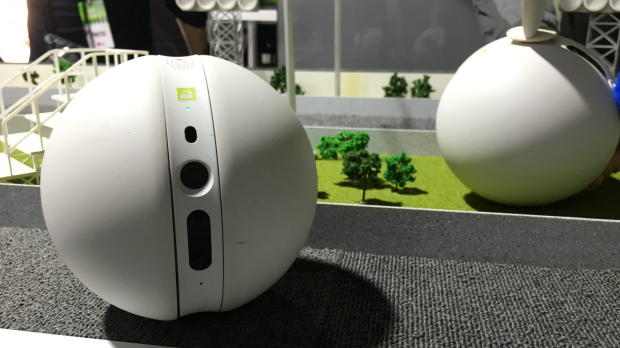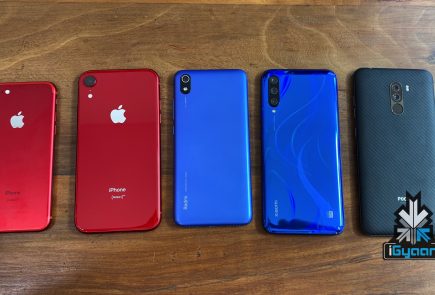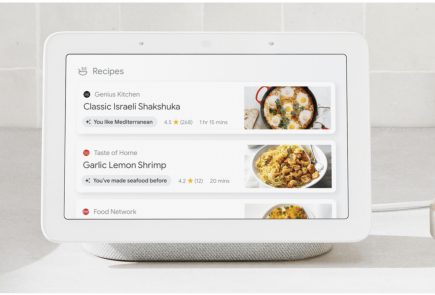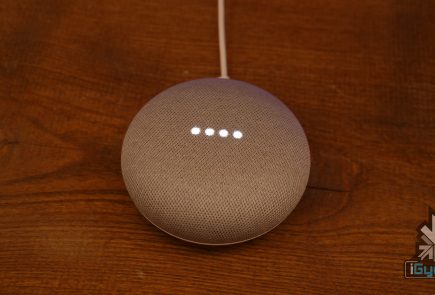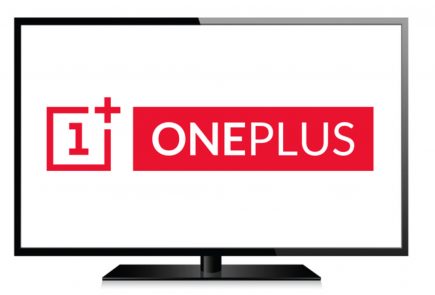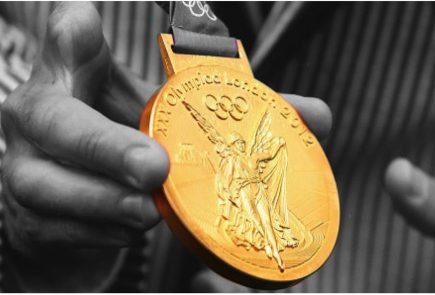MWC 2016: Coolest Gadgets that Went Unseen
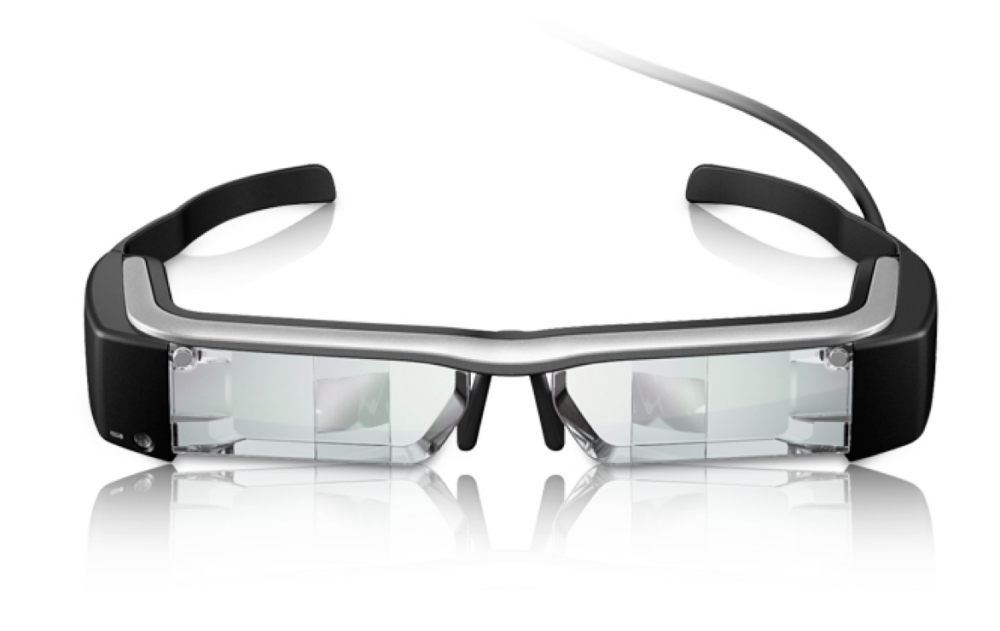
The Mobile World Congress is over, and the 4-day event saw some exciting innovation in the world of technology. There were new, next-gen smartphones unveiled, virtual reality and 360-degree cameras and more. While a lot of focus was given to flagship smartphones and VR technology, there were those that went quietly into the background. Here’s looking at some of the coolest technologies that may have gone unnoticed.
Project Tango
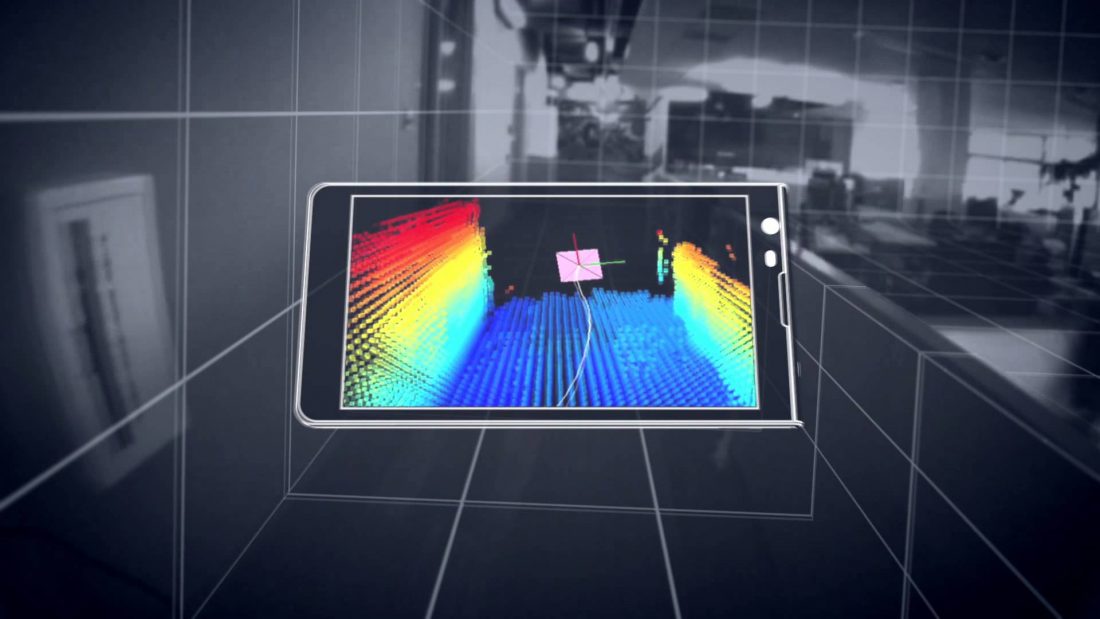
Last month, Google and Lenovo announced plans of a partnership to build and sell the first smartphone that can make use of the former’s take on 3-D Augmented Reality technology. Google likes to call this tech fondly as ‘Project Tango’. At the MWC, Google and Lenovo showcased Project Tango to an eager audience.
This tech will help support smart devices figure out space and motion just like humans do, allowing the devices to understand their surroundings in a 3-D view, and track their path as they move through them. Using ‘Project Tango’, a device can map the dimensions of the room, essentially projecting it on the screen in a 3-D form.
Project Tango Development Kits were earlier launched to help developers create apps to better use this technology. Future uses of Tango could be apps that use 3-D augmented reality technology to help you decide how a piece of furniture will look in your room. Several interactive games could also be made using ‘Project Tango’. Possibilities, in all honesty, are endless.
FlexEnable Flexible Bracelet
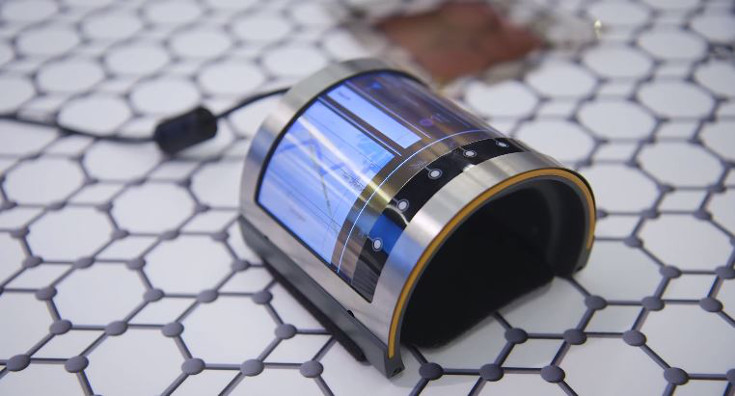
Secretly, we all wanted to see displays that are curved and rollable. Indeed, this is where technology is heading to next and FlexEnable has perhaps raced ahead to bring us a screen that you can wrap around your wrist. The company showcased a prototype device of its flexible bracelet.
The device uses plastic transistors to achieve the kind of bend that it does, creating what the company calls OLCD (organic liquid crystal display) screens. FlexEnable says that these displays can achieve the same resolution as normal LCDs only brings some flexibility to it. The display cannot flex and bend at will and will require OLED displays for that to happen, but this prototype is just a peek of what flexible displays in the future could look like.
Epson Moverio BT-300
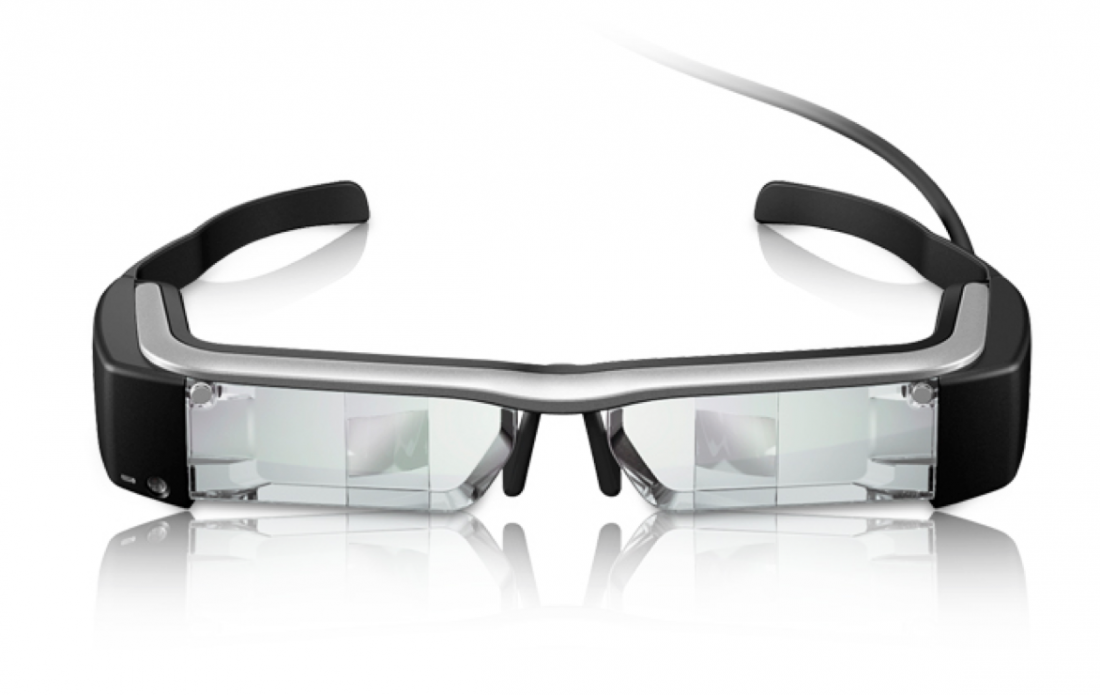
Epson has quickly grabbed the empty space left by Google in the augmented reality glass department. At the MWC, Epson unveiled its Moverio BT-300 AG glasses. It comes equipped with an OLED display which projects an image in front of the eyes that feels around 80 inches in size. All of this is powered by a Intel Atom X5 processor and Android 5.1.
The glass comes with 6 hours of battery life after which the display will stop working and will simply act as any other pair of spectacles.
LG Rolling Bot
LG unveiled not only its modular flagship G5 smartphone but also its ‘friends’. The company revealed a bunch of accessories and modular features for the G5 among which is this Rolling Bot that acts as your rolling home surveillance.
The Rolling Bot has an 8MP camera, speaker and laser that can be controlled via the home’s Wi-Fi through an app on the G5. The company says that the Rolling Bot is designed to keep your pets busy while your out, keep a check on them using images and videos from the camera. The speakers on the bot let you communicate with you pet as well. Price and availability are yet to be announced.
Xperia Ear
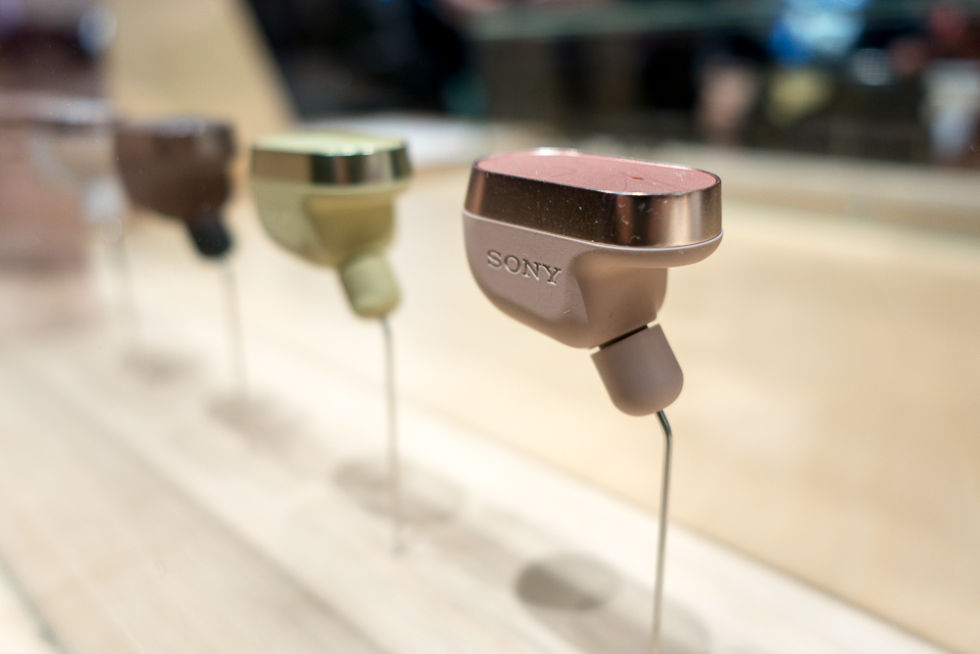
Sony may not have wowed its audiences with its smartphones at the MWC, but it did bring some pretty cool smart accessories to the floor. Sony announced three big innovations in the form of peripherals: a projector, a life-blogging camera, and an in-ear personal assistant. The best amongst the three, the Xperia ear. It is a tiny Bluetooth-connected ear piece which acts like a voice-controlled personal assistant which can take calls, send messages, get traffic updates or check the weather and even help you finding your way around the city. Step ahead towards the future we say.
The earpiece is comfortable and discreet and is compatible with Sony’s own software while also being equipped with the power to use Google Now helping users take advantage of Android’s ever-expanding voice control functions.
















